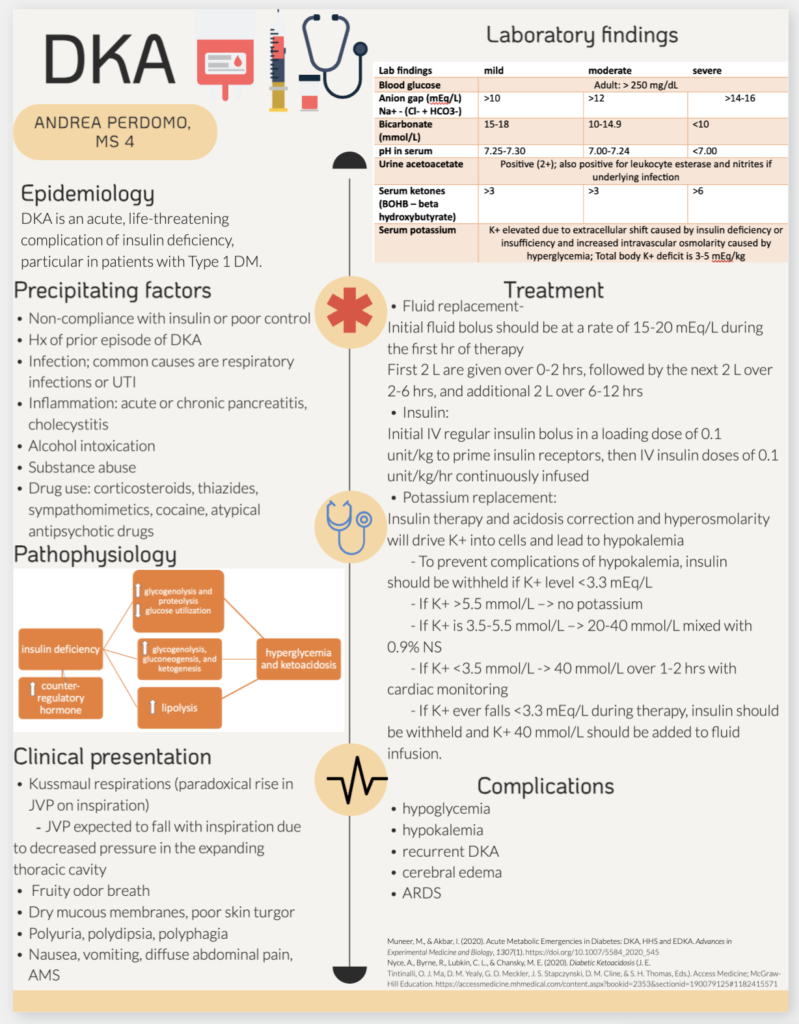A 30 year old male with a history of active IVDU and previous MRSA endocarditis is presenting with tooth pain that has been worsening over several days. He denies fever, chest pain, or shortness of breath. Vital signs are: Temp 99.0F, HR 86, BP 148/76, RR 16, SpO2 98% RA. Exam shows track marks in the antecubital fossas bilaterally and no appreciable cardiac murmur. He has poor dentition overall with an appreciable area of fluctuance above the gums of tooth #4. Which of the following is appropriate management for this patient?
A: administer IV vancomycin followed by ED incision and drainage then discharge
B: consult oral maxillofacial surgery for drainage
C: draw blood cultures and admit for IV antibiotics
D: perform ED incision and drainage and discharge with clindamycin
Answer: administer IV vancomycin followed by ED incision and drainage then discharge
Patients with a history of prosthetic heart valves or infective endocarditis among other cardiac conditions are considered high-risk for developing endocarditis with dental procedures and surgical procedures on infected skin. In this patient, incision and drainage of the periapical abscess should be performed 30 to 60 minutes after receiving a dose of antibiotics with coverage against MRSA. OMFS does not need to be consulted for abscess drainage. There are no systemic symptoms such as fever at this time to suggest bacteremia for admission.
References:
Brenner D, & Marco C.A., & Rothman R.E. (2020). Endocarditis. Tintinalli J.E., & Ma O, & Yealy D.M., & Meckler G.D., & Stapczynski J, & Cline D.M., & Thomas S.H.(Eds.), Tintinalli’s Emergency Medicine: A Comprehensive Study Guide, 9e. McGraw Hill.















